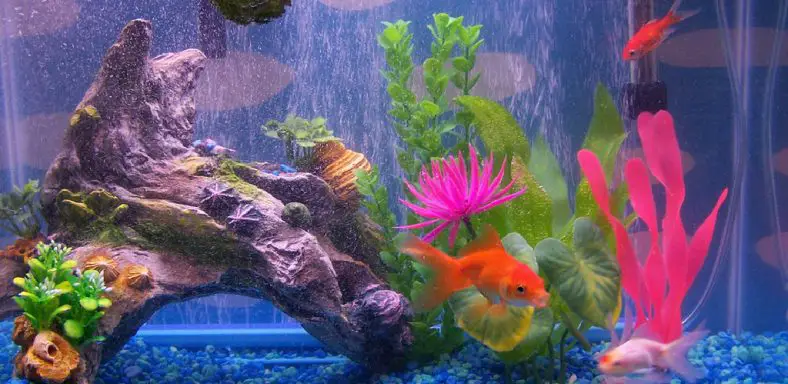If you are like me, you are always looking for ways to save a buck. One way to do this is to treat your well water rather than buying bottled water every week. In this article, I will teach you how to treat well water for aquarium so that it is safe for use in an aquarium. Treatment of well water is not complex, and with a few simple steps, you can have clean and healthy aquarium water without spending a fortune on bottled water!
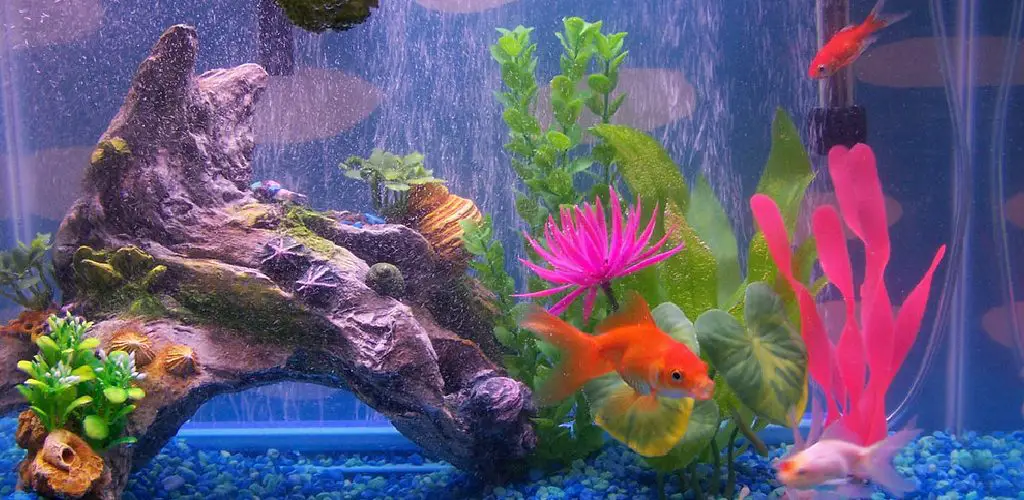
We all know that water is essential for life. Fish, amphibians, and other aquatic creatures rely on water to live. They need water to breathe, stay hydrated, and maintain their body temperature. Water is also necessary for the proper functioning of their organs and systems. Therefore, it is essential to remember that when you add fish to your aquarium, you add another living being to your home.
Contents
What Is Well Water?
Well water is any water that comes from a well instead of surface water like lakes or rivers. It’s often used as an alternative to municipal water, which can be more expensive or have chemicals added.
If you’re lucky enough to have a well water source, you may be wondering if it’s safe to use for your aquarium. The answer is yes, but you’ll need to take some extra steps to ensure it’s safe for your fish.
Why Do You Need to Treat Well Water Before Using in an Aquarium?
Many people ask whether they need to treat their well water before using it in an aquarium. The simple answer is yes; you should always treat your well water before using it in an aquarium. There are a few reasons for this.
First, well water can contain high minerals and other dissolved materials. While some of these minerals may benefit your fish, too much of anything is never good. You can remove these excess minerals and ensure that the water is safe for your fish by treating your well water.
Second, well water can also contain harmful bacteria and viruses. While most fish can withstand small amounts of these contaminants, it’s still best to err on caution and treat your well water before using it in an aquarium.
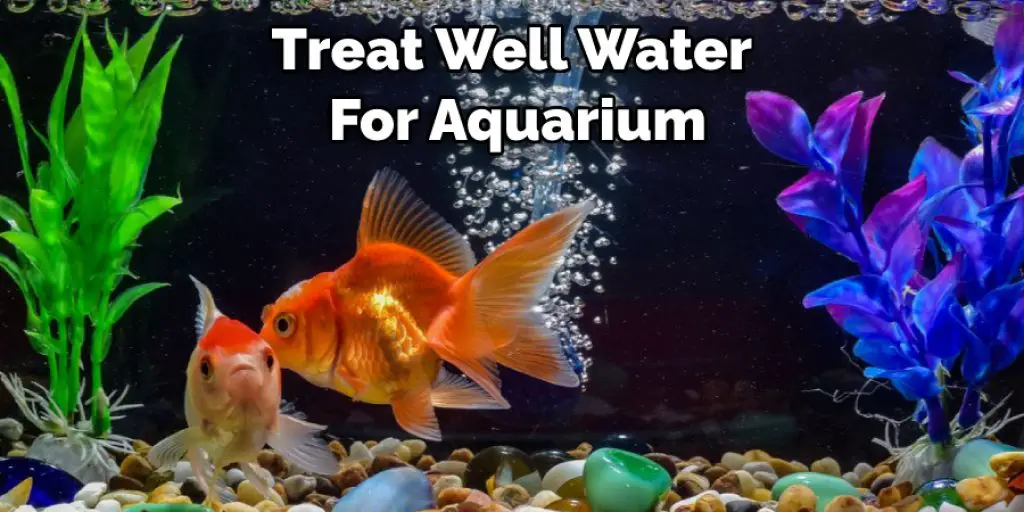
Finally, well water can also be very high in chlorine. While chlorine is necessary to kill harmful bacteria in tap water, too much chlorine can be harmful to your fish. By treating your well water, you can remove the excess chlorine and ensure that the water is safe for your fish to live in.
A Detailed Guide on How to Treat Well Water for Aquarium
Method 1: The Boiling Method
The boiling method is the process of boiling water to kill any bacteria or contaminants that may be present. Boiling water will kill any bacteria or contaminants that may be present.
The Boiling Method is a great way to ensure your water is safe for your fish. It is also straightforward to do and does not require special equipment.
Some people believe that boiling water can remove some minerals from the water, making it less ideal for aquariums. Additionally, this method requires you to wait for the water to cool down before adding it to your tank, which can take some time.
Step 1: Determine How Much Water You Need
The first step is to determine how much water you need. This will depend on the size of your aquarium and the number of fish you have.
It is important to remember that you will need to replace any water that evaporates, so make sure to account for that when calculating how much water you need.
Step 2: Boil the Water
Once you have determined how much water you need, it’s time to start boiling it. Place the required amount of water in a pot and turn up the heat.
Let the water come to a boil, and then let it continue boiling for about 10 minutes. This will ensure that all bacteria or contaminants are killed.
Step 3: Let the Water Cool Down
After the water has been boiling for 10 minutes, it’s time to let it cool down. After that, you can remove the pot from the heat and let it sit until it reaches room temperature.
Alternatively, you can place the pot of water in a sink full of cold water. This will speed up the cooling process.
Step 4: Add the Water to Your Aquarium
Once the water has cooled down, it’s safe to add it to your aquarium. Make sure to do this slowly not to disturb the existing water too much.
And that’s it! You can easily treat well water for your aquarium by following these steps.
Method 2: The Chlorine Treatment Method
The chlorine treatment is adding a small amount of chlorine to your water to kill any bacteria or contaminants that may be present.
Chlorine is a highly effective disinfectant and will kill anything it comes into contact with. This includes bacteria, viruses, and parasites. When you add chlorine to your water, you create a safe environment for your fish to live in.
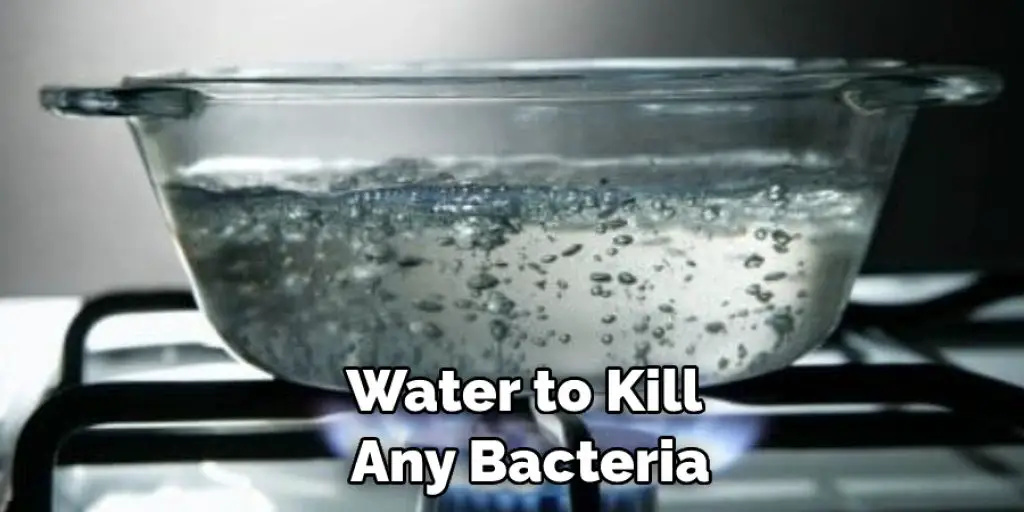
The only downside to this method is that it can be time-consuming, and you carefully monitor the chlorine levels. In addition, too much chlorine can be harmful to your fish.
Step 1: Test Your Water
The first step is to test your water for chlorine. You can purchase a chlorine test kit from your local pet store or online. Then, test the water according to the instructions that came with your kit.
Step 2: Calculate How Much Chlorine to Add
Once you know the chlorine level in your water, you will need to calculate how much chlorine to add to make it safe for your fish.
There are many different formulas that you can use, but a good rule of thumb is to add one drop of bleach per gallon of water.
Step 3: Add the Chlorine
After calculating how much chlorine to add, pour it into your aquarium. Be sure to mix it well to distribute it throughout the water evenly.
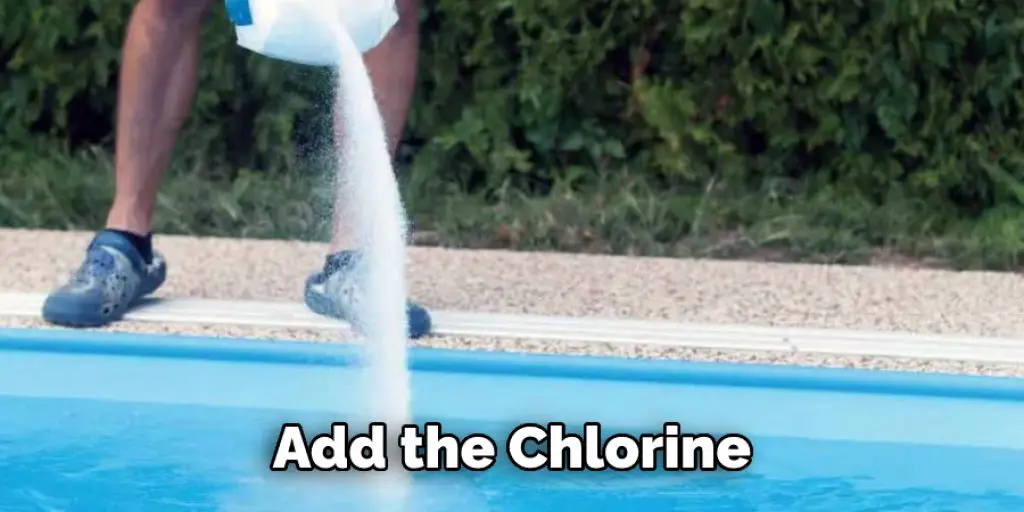
Step 4: Monitor the Chlorine Levels
It is essential to monitor the chlorine levels in your water after adding it. You can test the water regularly with your chlorine test kit.
The goal is to keep the chlorine levels between 0.5 and 1.0 ppm (parts per million). If the levels get too high, you can remove some of the water and replace it with fresh water.
If the levels get too low, you will need to add more chlorine.
Step 5: Remove the Chlorine
Once you have maintained safe chlorine levels for at least 48 hours, you can begin removing the chlorine from your water.
Method3: Whole House Filtration System with Carbon Filtration
If you want to make sure your well water is safe for your fish, consider installing a whole house filtration system with carbon filtration. This will remove any contaminants from the water before it enters your home, and the carbon filter will remove any impurities that may be left behind.
Installing a whole house filtration system is not a do-it-yourself project, so you will need to hire a professional to do it for you. However, once installed, it requires very little maintenance and will provide you with peace of mind knowing that your well water is safe for your fish.
If you are not ready to install a whole house filtration system, you can still test your well water for contaminants and have it professionally treated if necessary. Taking these steps will ensure that your fish have clean, safe water to live in.
Method 4: Point-of-use Filtration System
If you’re drawing water from a well for your aquarium, you’ll want to take some special precautions to ensure the water is safe for your fish. The first step is to have your well water tested by a certified laboratory to check for contaminants. Once you know what’s in your water, you can take steps to remove any harmful substances.
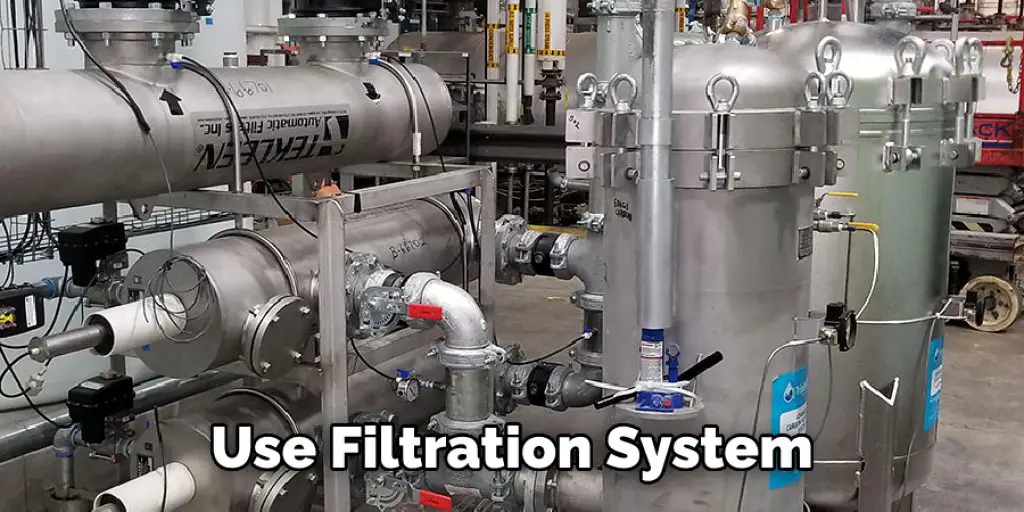
One of the most effective ways to treat well water for an aquarium is to install a point-of-use filtration system. These systems are designed to remove specific contaminants from your water, like bacteria or heavy metals. You can find point-of-use filtration systems at most pet stores or online retailers that sell aquarium supplies.
When choosing a point-of-use filtration system, be sure to select one designed to remove the specific contaminants present in your water. Otherwise, you might not be getting the full benefit of the filtration system.
If you’re unsure what kind of filtration system to get, talk to a professional at your local pet store or aquarium shop. They can help you choose a system that will work best for your needs.
Conclusion:
If you are thinking of setting up an aquarium, it is essential to understand how to treat well water for aquariums. By following the simple steps in this article, you can ensure that your fish will be happy and healthy in their new home.
You can check it out to Prepare Spider Wood for Aquarium

